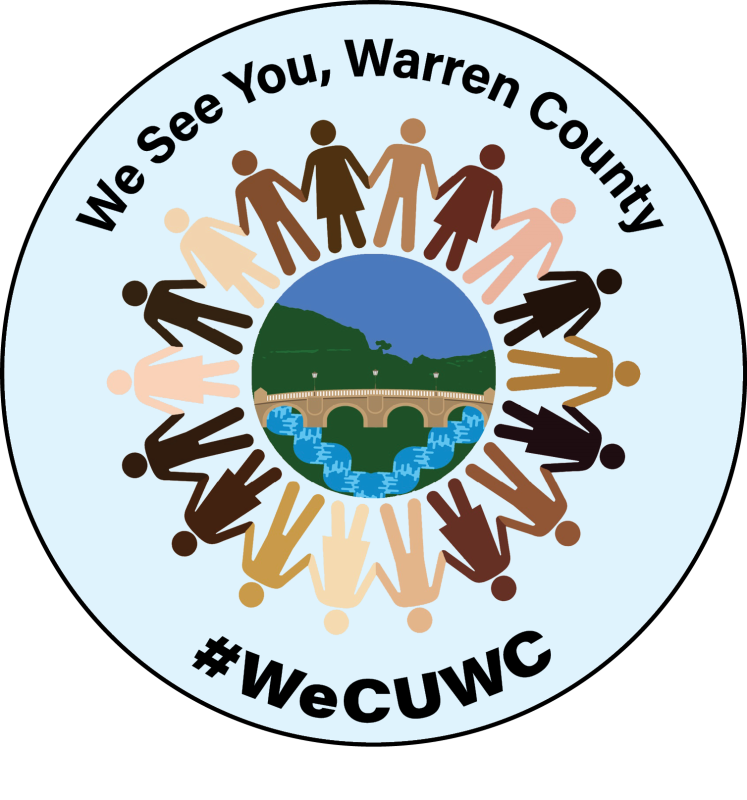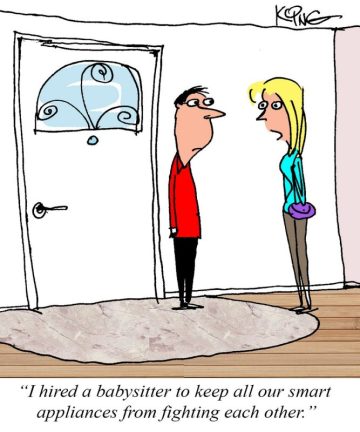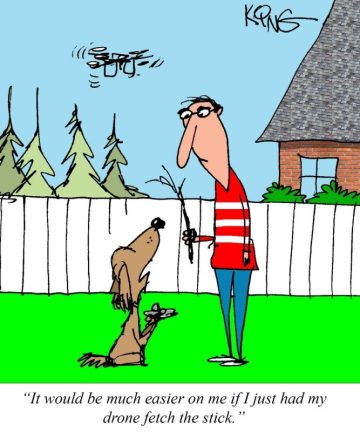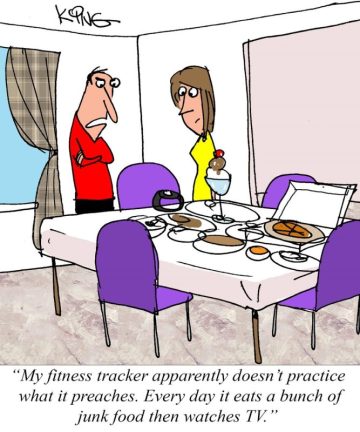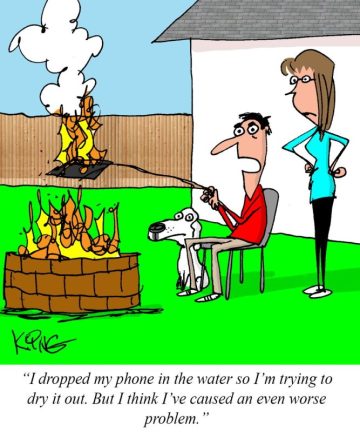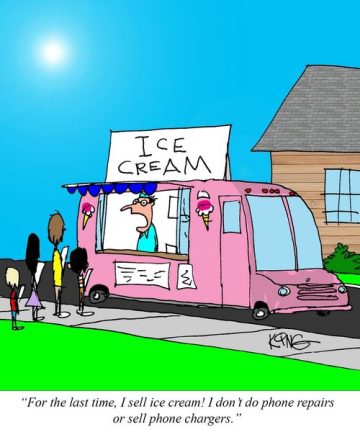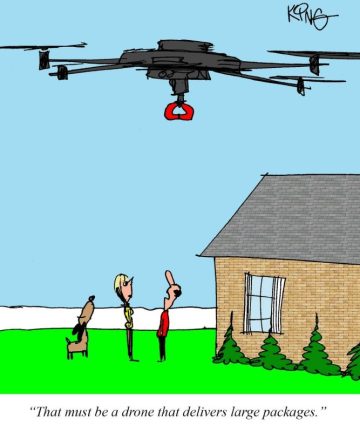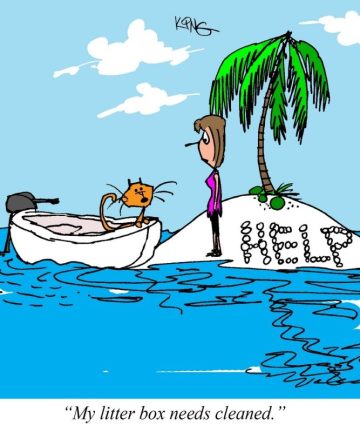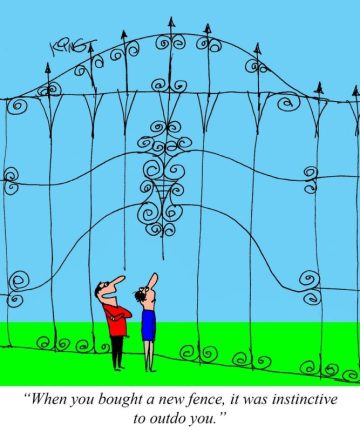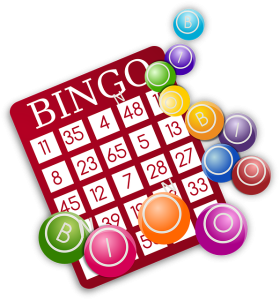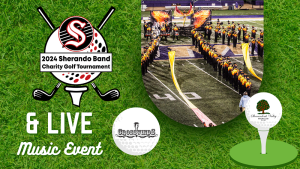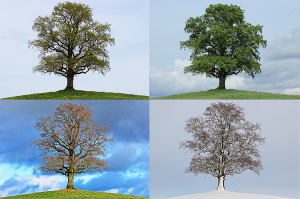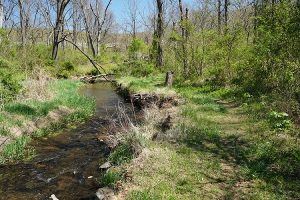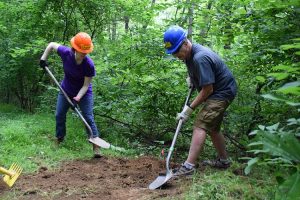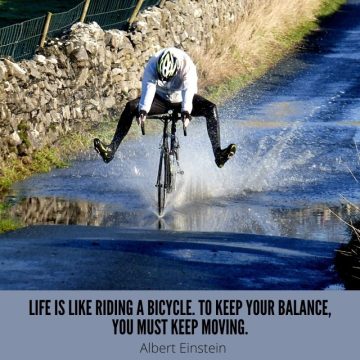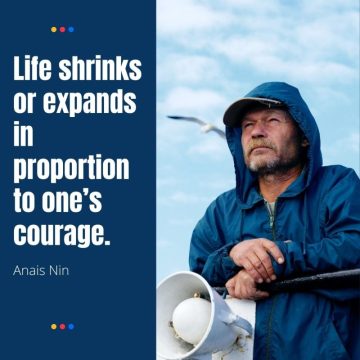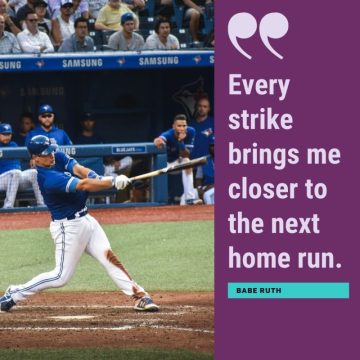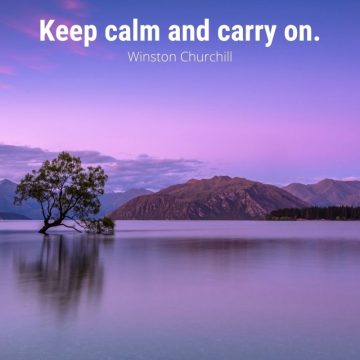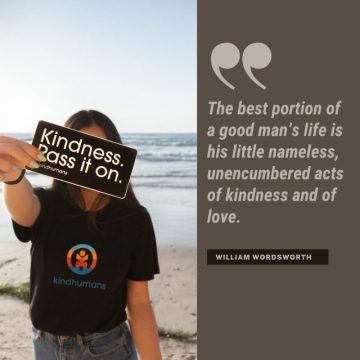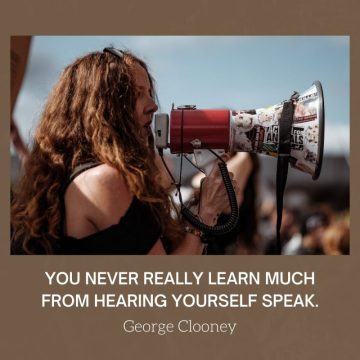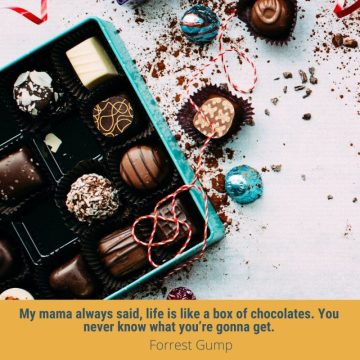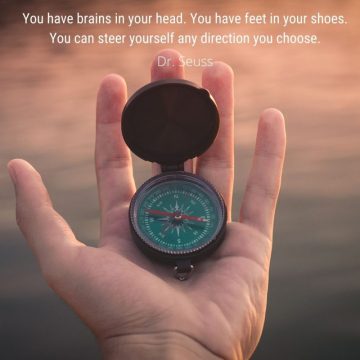Kids' Corner
Spring into action: 4 fun activities
Spring is a great time to get outdoors and have fun. Here are four fun activities that may inspire you to get some fresh air.
1. Go on a nature hunt. Challenge yourself to collect unique items like pinecones, leaves, rocks, feathers, and wildflowers. You can use what you find to make crafts, gifts, and spring decor.
2. Watch birds. Birdwatching is a great way to study nature. Borrow a bird book from your local library and see how many different species you can spot in your neighborhood.
3. Dance in the rain. Spring is often associated with rain showers. Next time it rains, put on your rain gear and play in puddles. Don’t forget your umbrella!
4. Go on a picnic. Spring is the perfect time for a picnic because the weather is mild and there aren’t many insects. Bring a blanket and some delicious snacks while enjoying the sounds of nature.
Invite your friends and family to join you outdoors.
Interesting Things to Know
Unlocking Laughter: The Power of Knock-Knock Jokes for Kids
If you’re an uncle, aunt, or grandparent eager to connect with a young child, mastering the knock-knock joke is a must. Children, especially those around five, find immense joy in the simplicity and predictability of a well-delivered knock-knock joke. These jokes aren’t just about causing a burst of giggles; they’re key to engaging with children in a way that lights up their brains with joy and laughter.
A 2012 study sheds light on how humor activates similar regions in the brains of adults and children. While adults have more developed centers for humor, five-year-olds are just beginning to grasp the structure of stories and jokes, including a start, middle, and end. This developmental milestone makes knock-knock jokes an ideal form of humor for them, tapping into their newfound understanding and appreciation of sequence and surprise.
The journey into humor begins even earlier than five, tracing back to the first chuckles elicited by a game of peek-a-boo. Laughter and humor comprehension are not just about the momentary joy they bring; they are integral to the development of creativity, empathy, and resilience. Publications like The Globe and Mail have highlighted these benefits, emphasizing the importance of nurturing a sense of humor from a young age.
For those looking to become a favorite relative, here are a few knock-knock jokes guaranteed to delight:
- Knock, knock.
- Who’s there?
- Tank.
- Tank who?
- You’re welcome.
- Knock, knock.
- Who’s there?
- Howl.
- Howl who?
- Howl you know unless you open the door?
- Knock, knock.
- Who’s there?
- Boo.
- Boo who?
- Don’t cry, it’s just a joke!
These jokes are simple yet effective tools for creating moments of shared laughter and joy. They do more than entertain; they build connections, enhance understanding, and contribute to a child’s emotional and cognitive development. So next time you’re planning a visit to a young relative, arm yourself with a collection of knock-knock jokes. You’ll not only be the star of the hour but also play a role in fostering a lively sense of humor that carries lifelong benefits.
Kids' Corner
Earthworms: The Unsung Heroes of Our Gardens 🌱
Believe it or not, earthworms are far more than just slimy critters underfoot—they’re fascinating and incredibly beneficial to our planet’s ecosystem! Let’s dig deeper and uncover the truth about these extraordinary creatures and why we should say, “Hooray for earthworms!”
Unique Characteristics of Earthworms
- Blind and Heartful: Did you know earthworms don’t have eyes, tails, or heads? Yet, they have multiple hearts—anywhere from four to ten!
- Breathing Through Skin: Earthworms can breathe through their skin, requiring a moist environment to survive.
- Movement Masters: With about 100 segments covered in tiny hairs, earthworms easily navigate through the soil.
- Dual-gender Marvels: Each earthworm is hermaphroditic, embodying male and female reproductive capabilities.
Earthworms: The Ultimate Plant Allies
- Soil Enrichers: Earthworms play a crucial role in enhancing soil nutrition by consuming organic matter like dead leaves and then carrying it underground.
- Natural Aerators: Their tunneling work aerates the soil, making it easier for water to penetrate, supporting seed germination and plant roots’ growth.
- Fertilizer Producers: The droppings of earthworms are a top-notch fertilizer, enriching the soil further.
So, the next time you spot an earthworm, remember you’re looking at a tiny but mighty force of nature, tirelessly working to improve our soil and aid plant growth. Let’s appreciate these incredible creatures’ essential role in our ecosystem. Earthworms, we salute you!
Kids' Corner
Boosting Self-Confidence: Simple Strategies That Work
In today’s fast-paced world, it’s easy to fall into the trap of comparing ourselves to others, leading to a spiral of self-doubt and a lack of self-confidence. But what if you could turn the tables on these feelings? Self-confidence isn’t a trait that some are born with, and others aren’t—it’s a skill that can be developed over time. Here’s how you can start building your self-confidence today.
Celebrate Your Strengths: Begin by acknowledging your qualities and achievements. Write down everything you’re good at and all your accomplishments, no matter how small they may seem. Are you a talented artist, a wonderful singer, or an excellent student? Do you have a knack for helping others? Keep this list close and refer to it whenever you need a reminder of how incredible you are.
Steps to Boost Your Confidence: Enhancing your self-confidence can be as simple as trying out these strategies:
- Challenge Yourself: Set small, achievable goals that push you slightly out of your comfort zone. This could mean joining a new club, engaging in conversation with someone new, or trying a new hobby.
- Surround Yourself with Positivity: Spend time with people who uplift you and believe in your potential. Distance yourself from those criticizing you negatively or making you feel less than others.
- Stay True to Yourself: Authenticity is key. Don’t change who you are for the sake of others’ approval. Express your thoughts and feelings honestly and embrace your individuality.
- Use Positive Affirmations: Encourage yourself with positive statements. Phrases like “I am capable” or “I can do this” can have a powerful impact on your mindset.
If you find that self-doubt is holding you back significantly, remember that seeking help is okay. Specialists can provide support and guidance tailored to your needs. Don’t hesitate to talk to your parents or a trusted adult about finding the right assistance for you.
Building self-confidence takes time, patience, and practice. By focusing on your strengths, challenging yourself, and staying true to who you are, you’ll gradually see a positive shift in your self-perception. Remember, you are capable of achieving great things—the first step is believing in yourself.
Kids' Corner
Celebrating April Fools’ Day the Friendly Way!
April Fools’ Day is about having a laugh, but who says it can’t be kind-hearted too? Here are four hilarious but gentle jokes you can pull off this April 1st without hurting anyone’s feelings:
- Jell-O “Cocktails” Surprise: Start by making some Jell-O and pour it into fancy glasses. Add a few berries for a cocktail look, and chill them in the fridge. When it’s time to serve, watch the amusing confusion as your friends and family try to sip on their solid drinks!
- Googly Eyes Everywhere: Have some plastic googly eyes lying around? Stick them onto everyday items like toothpaste tubes or milk cartons. It’s a simple trick that will surely bring a smile to anyone’s face as they go about their day finding these little surprises.
- Photo Frame Swap: Take a moment to swap out the family or holiday photos in frames around the house with pictures of funny fish or any amusing images. When they notice the bewildered look on your loved ones’ faces, it will be priceless!
- Fashion Forward or Backward?: Dress in a hilariously mismatched outfit, wear your clothes inside out, or sport a quirky hairdo. Declare it as your new fashion statement at lunch. Once you’ve gathered enough puzzled looks or comments, reveal your true motive with a cheerful “April Fool’s!”
Remember, the best April Fools’ jokes are those that end in laughter, not in tears. So, keep it light and funny, and let’s make this April 1st a day filled with joy and chuckles for everyone!
Kids' Corner
Maple Syrup: Sweet Delight or Hidden Vice?
With its rich, distinctive flavor, Maple syrup is a favorite topping for many breakfast dishes. But when it comes to health, is it a friend or foe? Here’s what you need to know about indulging in this sweet condiment.
Sweetness with Fewer Calories: Maple syrup is undeniably sweet, but it might surprise you to learn that it contains fewer calories than an equal amount of refined white sugar. This fact alone makes it a slightly better option for those watching their calorie intake. However, it’s crucial to remember that, like any form of sugar, excessive consumption can lead to dental issues, sickness, and unwanted weight gain.
Nutritional Benefits: Maple syrup packs a nutritional punch, unlike its refined counterparts. It’s a source of essential minerals such as calcium, magnesium, potassium, beneficial vitamins, and antioxidants. These components contribute to its potential health benefits, which extend beyond mere sweetness. Research, including a notable study by Laval University, highlights maple syrup’s positive effects on conditions like diabetes and high blood pressure.
Moderation is Key: So, can maple syrup be considered healthy? Yes, but with a caveat—moderation is essential. Enjoying it in small quantities allows you to reap its benefits without overindulging in sugar.
A Canadian Treasure: It’s also worth noting that Quebec, Canada, is the heartland of maple syrup production, supplying approximately 70% of the global market. This sweet, golden liquid is a treat and a testament to the region’s cultural and agricultural heritage.
While maple syrup offers more nutritional value and fewer calories than refined sugar, it’s best enjoyed in moderation. Whether you’re drizzling it over pancakes or using it to sweeten your oatmeal, remember that a little goes a long way toward both enjoyment and health.
Kids' Corner
Discovering the Wonders Within: 5 Astonishing Human Body Facts
The human body is a marvel of nature, an intricate machine that performs millions of processes every day without us even realizing it. While you might be familiar with the basics of body parts from school, there are countless astonishing facts that even a seasoned scholar might not know. Here are five incredible truths about our bodies that are sure to amaze you:
1. A Journey Through the Veins: Imagine taking all the blood vessels out of an average adult’s body and laying them end to end. You’d end up with a thread that stretches over 94,400 miles long! To put that into perspective, it’s almost four times the circumference of Earth. Our bodies are a vast network of highways, allowing blood to circulate and sustain life in every corner.
2. The Strength of Bones: It might be hard to believe, but our bones are stronger than steel. Specifically, the femur, or thigh bone, is incredibly robust. It can support up to 30 times the weight of an average person. That’s like carrying around a small car on each leg! Our skeletal system provides a strong framework that supports our weight, movement, and flexibility.
3. The Space Stretch: If you ever find yourself floating in space, you’ll get a little taller—about one and a half inches, to be precise. The lack of gravity allows the spine to expand. However, this space-induced growth spurt is temporary. Once back on Earth, gravity takes over, and you return to your original height. It’s a fascinating reminder of how adaptable our bodies are to different environments.
4. The Speed of a Sneeze: Sneezing is a powerful bodily function, with air rushing out of your nose at speeds of 30 mph or more. And while it might seem like a fun challenge, sneezing with your eyes open is nearly impossible. This is because sneezing triggers a reflex that automatically closes your eyelids, protecting your eyes from any airborne particles.
5. Shedding Skin: We lose tiny flakes of skin every day. Over a lifetime, this adds up to between 45 and 130 pounds of dead skin! While it might sound a bit gross, it’s a normal and healthy process that helps keep our skin fresh and rejuvenated.
The human body is full of surprises, a testament to the complexity and beauty of life. These facts are just the tip of the iceberg. There’s so much more to learn and discover about ourselves. Whether through books, magazines, or encyclopedias on anatomy or biology, the journey to understanding the human body is endlessly fascinating.



